Introduction to Africa’s Hidden Gems
Africa, often celebrated for its iconic landmarks such as the Pyramids of Giza, Victoria Falls, and Maasai Mara, also conceals a multitude of lesser-known gems awaiting discovery. These hidden destinations are remarkable for their unique landscapes, rich cultures, and authentic experiences that depart from the conventional highlights. Traveling to these hidden gems presents an opportunity to immerse oneself in the true essence of Africa, away from the bustling tourist crowds.

Exploring off-the-beaten-path locations can unveil a side of Africa that is often overlooked. These regions often maintain a vibrant local culture, where traditions have been preserved amidst the passage of time. Engaging with local communities and experiencing their daily lives can foster meaningful connections, providing a profound understanding of the socio-cultural dynamics that define the continent.
Moreover, these hidden gems frequently boast stunning natural beauty that rivals the more renowned attractions. From secluded beaches and uncharted mountains to lush forests and desolate deserts, Africa’s diverse landscapes offer a plethora of breathtaking backdrops for keen travelers. Experiencing these unique ecosystems adds an unparalleled layer to the overall journey, highlighting the continent’s ecological diversity.
Furthermore, the allure of exploring these lesser-known destinations is amplified by the accessibility afforded to adventurous travelers. With a growing interest in sustainable tourism, many regions remain relatively untouched, allowing for a more authentic experience that benefits both visitors and local communities. In summary, the hidden gems of Africa present remarkable opportunities for discovery, promising enriched experiences that go beyond typical sightseeing and engage with the continent’s deep cultural and natural wealth.
Criteria for Selecting Hidden Gems
When curating the list of the top hidden gems to visit in Africa for 2025, several criteria were meticulously considered to ensure that these destinations offer a unique and enriching experience for travelers. The primary focus was on uniqueness; each chosen location stands out for its distinctive characteristics, whether they pertain to history, culture, or geography. We sought places that provide a departure from conventional tourist trails, allowing visitors to immerse themselves in authentic local cultures and traditions.
Cultural significance also played a crucial role in the selection process. Many hidden gems boast deep-rooted historical contexts and vibrant local customs, making them essential spots for those interested in the sociocultural fabric of the continent. This aspect not only enriches travelers’ understanding of Africa’s diverse heritage but also fosters respect for the local communities.
Natural beauty is another essential criterion; each destination showcases spectacular landscapes or unique ecosystems that are often overshadowed by more popular attractions. From breathtaking mountain ranges to serene coastal vistas, these hidden locations offer an array of visual delights that evoke a sense of wonder and appreciation for nature’s artistry.
Accessibility is equally important in the selection process. While some hidden gems may be off the beaten path, they should still be reachable for travelers without excessive difficulty. Reliable transportation options and local infrastructure were taken into account to ensure that visitors can experience these remarkable sites without undue hassle.
Lastly, local experiences, such as opportunities for authentic interactions with local residents or participation in traditional activities, greatly enhance the value of these hidden gems. By prioritizing places that offer these immersive experiences, we aimed to provide travelers with memories that resonate well beyond their visit. Through this careful selection criteria, our goal was to spotlight destinations that are not just beautiful, but also deeply meaningful and rewarding for visitors to explore.
The Enigmatic Lake Natron, Tanzania
Lake Natron, located in northern Tanzania near the Kenya border, is a true marvel that presents a striking contrast to the more familiar landscapes of the African continent. Renowned for its vivid red waters, the lake’s color primarily arises from the presence of a salt-loving organism called Halobacterium, which thrives in the highly alkaline waters. This unique ecosystem is not only visually stunning but also serves as a crucial breeding ground for flamingos, who adapt to the extreme conditions to lay their eggs along the shoreline.
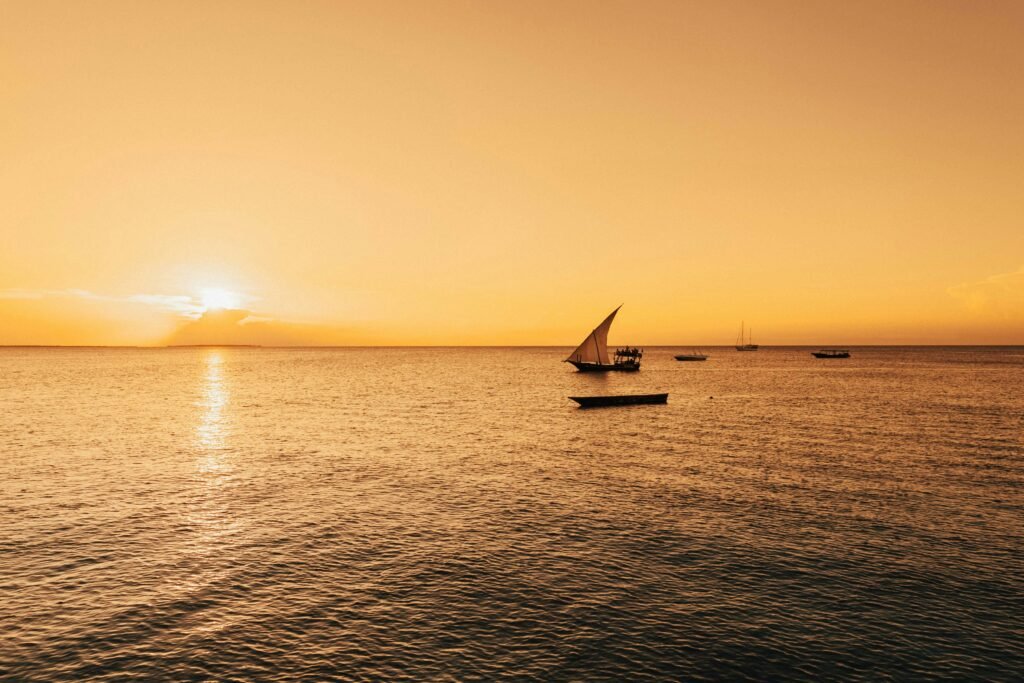
The extreme temperatures of Lake Natron, which can soar above 60 degrees Celsius (140 degrees Fahrenheit), may seem inhospitable to most life forms; however, the extreme conditions have fostered a diverse range of microorganisms that contribute to the lake’s fascinating ecosystem. The surrounding area, characterized by the African Rift, has dramatic volcanic landscapes that create a surreal backdrop to this captivating lake, making it one of the most intriguing destinations in Africa.
Culturally, Lake Natron holds significant importance for local Maasai communities, who regard the lake as a source of life and a significant element of their heritage. The lake’s mineral-rich waters and unique geological features are integrated into the Maasai way of life, providing resources and spiritual significance. For adventurous travelers, the area surrounding Lake Natron offers numerous activities such as hiking the challenging slopes of the nearby Ol Doinyo Lengai, an active stratovolcano renowned for its uniqueness. As participants navigate through the rugged terrain, they are rewarded with stunning vistas and opportunities to witness breathtaking sunsets reflected on the lake’s shimmering surface.
Exploring Lake Natron is not merely a journey into a remote corner of Africa; it is an encounter with nature’s artistry and a deep connection to the vibrant cultures that thrive in this extraordinary ecosystem. For those looking to venture off the beaten path in 2025, Lake Natron is undeniably a hidden gem worth experiencing.
The Spectacular Fish River Canyon, Namibia
The Fish River Canyon, located in Namibia, stands as one of the largest canyons globally, presenting breathtaking landscapes that entice nature enthusiasts and adventure seekers alike. This geological marvel stretches approximately 160 kilometers in length and reaches depths of up to 550 meters, showcasing the powerful forces of erosion that shaped this magnificent site over millions of years. The canyon’s walls reveal layers of ancient rock, offering a visual narrative of the area’s geological history and transformation.
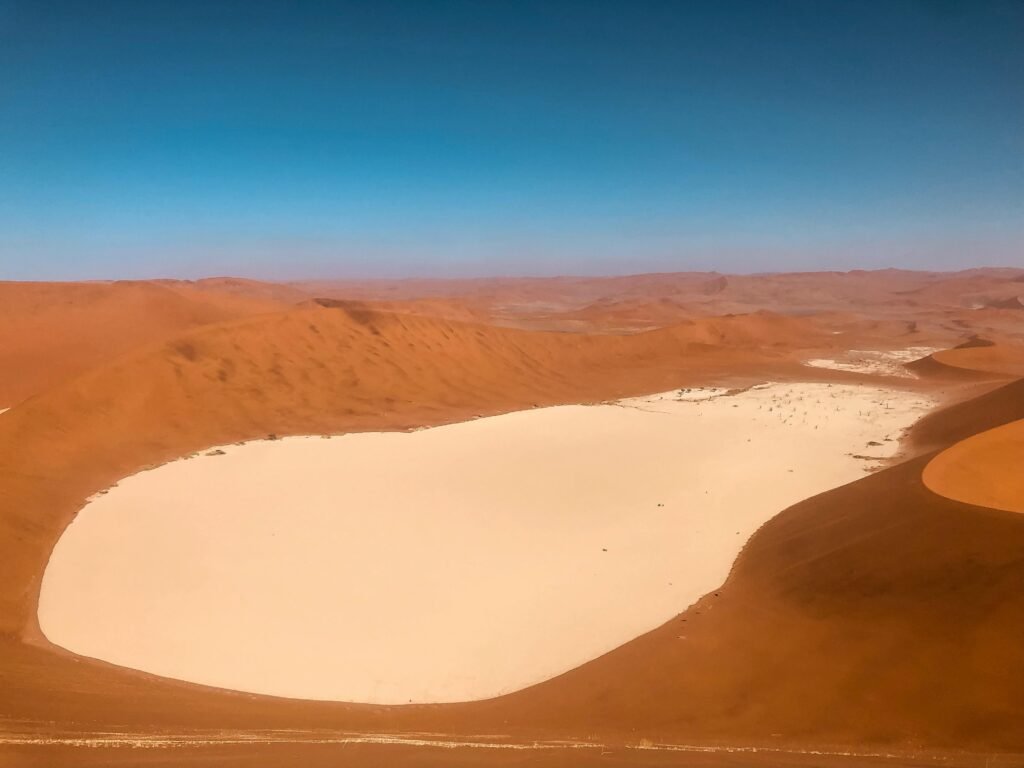
Visitors to the Fish River Canyon are often captivated by the variety of wildlife that inhabits the surrounding areas. The region is home to diverse species including oryx, springbok, and various bird species, making it a prime destination for wildlife enthusiasts and photographers. The unique ecosystem, characterized by arid landscapes and the occasional lush vegetation near the riverbanks, further enriches the experience of those who visit this natural wonder.
One of the most popular activities in the Fish River Canyon is the Fish River Canyon hike, a challenging trek that spans approximately 90 kilometers. This multi-day hike allows adventurers to immerse themselves in the stunning scenery while experiencing the canyon’s rich flora and fauna up close. Hikers are rewarded with dramatic vistas at every turn, with the interplay of light and shadow creating a dynamic visual experience. The hike is not only a physical challenge but also an opportunity for reflection and connection with nature, enhancing the appeal of visiting this hidden gem in Africa.
In essence, the Fish River Canyon offers a remarkable combination of geological wonder, wildlife diversity, and exhilarating outdoor activities. With its awe-inspiring views and unique hiking experiences, it has firmly established itself as a must-visit destination for those traveling in Africa in 2025.
The Unique Rock-Hewn Churches of Lalibela, Ethiopia
The rock-hewn churches of Lalibela, Ethiopia, stand as one of Africa’s most remarkable architectural achievements and spiritual sanctuaries. Carved directly from solid rock in the 12th century under the reign of King Lalibela, these churches are renowned for their intricate designs, unique structures, and deep historical roots. Recognized as a UNESCO World Heritage site, Lalibela serves not only as a testament to Ethiopia’s rich heritage but also as a pilgrimage destination for thousands of Christians every year.
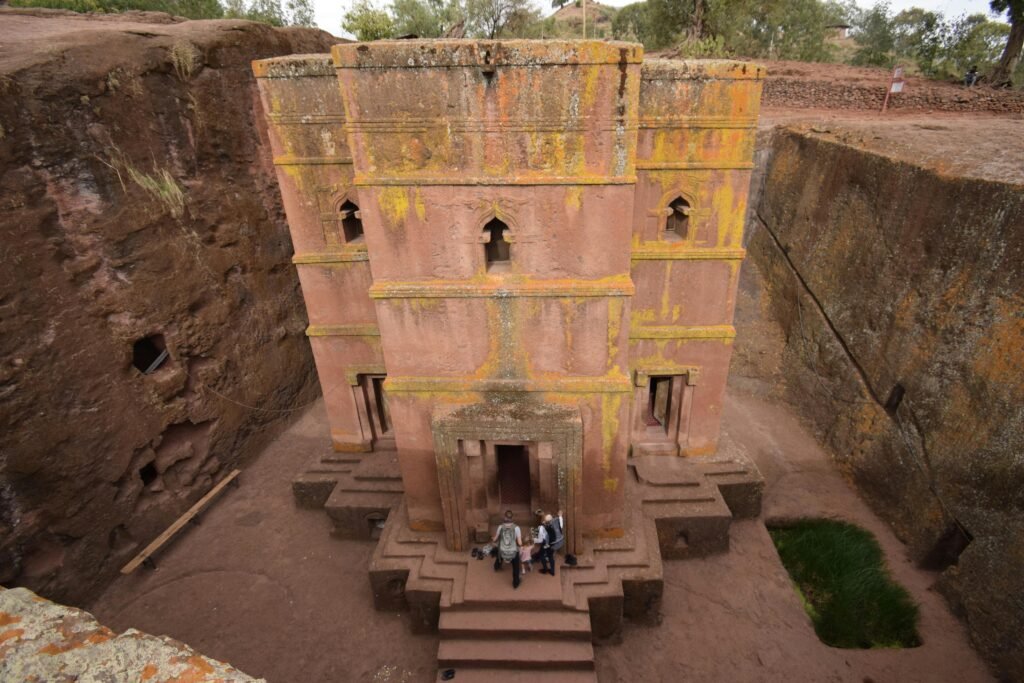
Comprising 11 churches, each with its own distinct architectural style, the rock-hewn churches are a stunning fusion of art and devotion. The most famous, St. George’s Church (Bet Giyorgis), features a cross-shaped design and is intricately hewn into the rock, demonstrating a level of craftsmanship that still amazes architects today. Visitors marvel at the detailed carvings and elaborately decorated interiors that provide a glimpse into Ethiopia’s unique religious practices and ancient traditions.
Aside from their architectural significance, these churches also hold great spiritual importance. Each structure is associated with various events and figures from both Biblical and Ethiopian history, creating a profound connection for devotees. The annual pilgrimage, particularly during the celebration of Christmas (Genna), transforms Lalibela into a vibrant gathering of faith, music, and tradition, allowing visitors to experience the rich cultural tapestry of the Ethiopian Orthodox Church firsthand.
Travelers to Lalibela can immerse themselves in this spiritual haven, exploring nearby cultural offerings such as local markets, traditional Ethiopian cuisine, and the breathtaking landscape surrounding this historical site. In a world increasingly focused on modernity, the rock-hewn churches of Lalibela provide an essential reminder of humanity’s enduring quest for spiritual expression and connection to the divine.
The Majestic Blyde River Canyon, South Africa
The Blyde River Canyon, one of the largest canyons in the world, is a stunning natural marvel located in the Mpumalanga province of South Africa. Renowned for its lush subtropical scenery, the canyon boasts a variety of unique rock formations, including the iconic Three Rondavels and the breathtaking Bourke’s Luck Potholes. This spectacular landscape is often overlooked by international tourists, making it a hidden gem that offers an escape from the typical attractions crowded with visitors.
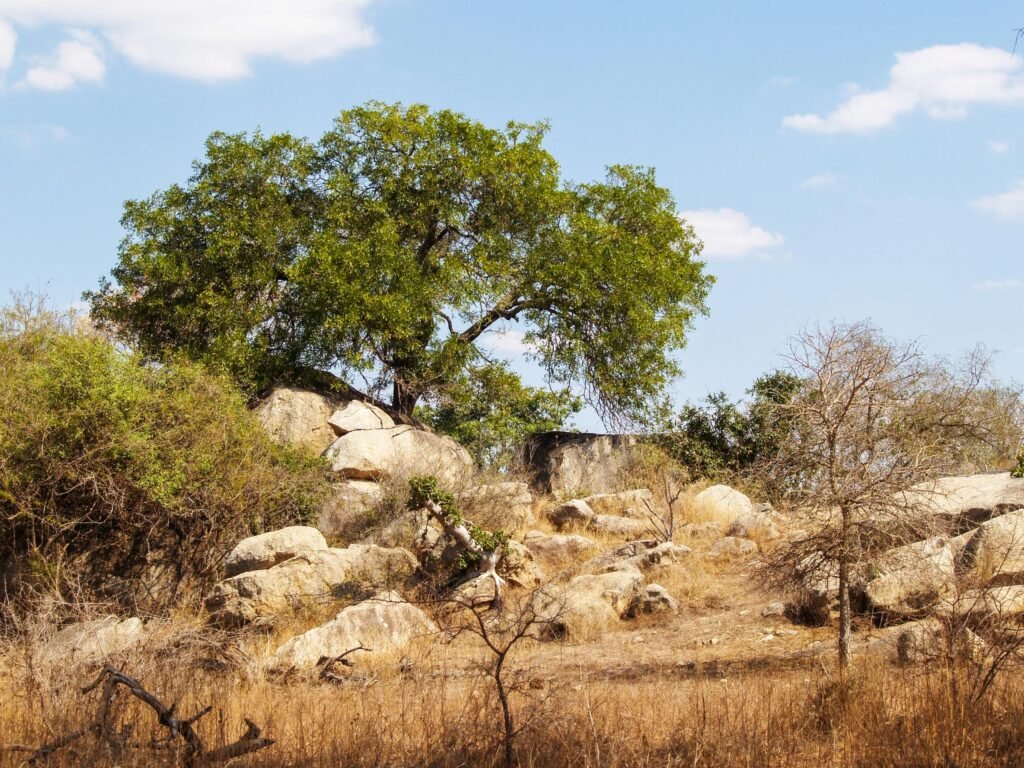
Visitors to the Blyde River Canyon can enjoy a multitude of viewing points with panoramic vistas that showcase the stunning contrasts between the vibrant green vegetation and the red sandstone cliffs. The most popular viewpoints include God’s Window, which offers incredible views of the Lowveld and sometimes even stretches as far as Kruger National Park, and the Graskop Gorge Lift, providing an aerial perspective of the canyon’s steep cliffs and lush surroundings.
For those seeking adventure, the canyon features numerous hiking trails suitable for varying fitness levels. The most notable trail is the Echo Caves hike, which allows visitors to explore unique geological formations and rich biodiversity while experiencing the enchanting sounds of nature. Additionally, eco-tourism activities such as boat trips on the Blyde River and guided wildlife tours enhance the visitor experience, providing opportunities for bird watching and discovering diverse flora and fauna.
Ultimately, the Blyde River Canyon stands out as a remarkable destination for travelers looking to immerse themselves in natural beauty and tranquility. Its pristine environment makes it an excellent spot for photography, hiking, and peaceful retreat, ensuring that visitors leave with unforgettable memories of this African treasure. The rich tapestry of landscapes and activities available around the Blyde River Canyon proves that it is indeed a hidden gem worth uncovering in 2025.
The Serene Islands of São Tomé and Príncipe
São Tomé and Príncipe, a pair of islands nestled in the Gulf of Guinea, offer an exceptional hidden gem experience for travelers seeking tranquil beauty and untouched nature. Known for their pristine beaches and lush rainforests, these islands are perfect for those desiring an escape from the hustle and bustle of ordinary life. The vibrant biodiversity found here is notable, with a rich array of flora and fauna, including many species endemic to the islands. This unique environment makes São Tomé and Príncipe a prime location for eco-tourism, attracting adventurers and nature enthusiasts from around the globe.

The stunning beaches, characterized by golden sands and clear azure waters, provide an idyllic setting for relaxation and exploration. Visitors can engage in various activities ranging from snorkeling and diving to hiking through the rainforests. The breathtaking views and tranquil atmosphere create a perfect backdrop for those wishing to reconnect with nature and experience the serenity of these remote islands. Additionally, the islands’ commitment to sustainable tourism allows travelers to enjoy their beauty while contributing positively to the local environment.
Moreover, the culture of São Tomé and Príncipe is as vibrant as its landscapes. The local cuisine, influenced by African, Portuguese, and Brazilian flavors, offers a delightful gastronomic experience. Visitors can savor traditional dishes featuring fresh seafood, tropical fruits, and unique spices, providing a true taste of island life. Cultural festivals celebrate the rich heritage of the islands, allowing tourists to engage with local communities, learn about their traditions, and appreciate the warm hospitality that São Tomé and Príncipe are known for.
Overall, São Tomé and Príncipe stands as a tranquil retreat for travelers in 2025, an enticing choice for those eager to explore hidden treasures in Africa. With its stunning natural beauty, rich biodiversity, and vibrant local culture, these islands promise a memorable adventure and an opportunity to escape the ordinary.
The Secluded Beaches of Lamu Island, Kenya
Lamu Island, located off the coast of Kenya, is a unique destination that boasts some of the most beautiful and unspoiled beaches in Africa. This island is not just about its stunning coastlines, but also about the rich Swahili heritage that permeates its culture and architecture. Visitors to Lamu can immerse themselves in an environment steeped in history, as the island’s old town has retained its charm with narrow winding streets and intricately carved doorways. The atmosphere is further enriched by the warm hospitality of the local community, enhancing the appeal for those seeking a tranquil retreat.

The beaches of Lamu Island, characterized by soft white sands and crystal-clear waters, offer an idyllic escape for relaxation. Visitors can enjoy the serenity found along the coastline, where fewer crowds allow for peaceful beach days and intimate gatherings. The gentle waves and warm climate create an excellent setting for sunbathing, swimming, and exploring the vibrant marine life. For those interested in local traditions, opportunities to experience traditional dhow sailing are abundant. These handcrafted wooden boats are not only a means of transport but also a crucial part of Lamu’s cultural heritage. Setting sail on a dhow provides a chance to witness the beauty of the coastline from a different perspective, while also supporting local artisans who continue to practice this ancient craft.
<pin 2025.
The Famous But Less Traveled Kalahari Desert, Botswana
The Kalahari Desert, a vast semi-arid sandy savanna extending over several countries in Southern Africa, remains one of the continent’s most remarkable hidden gems. Contrary to the common perceptions of deserts as barren landscapes, the Kalahari teems with life and unique geological features. Its undulating dunes, salt pans, and occasional lush vegetation create diverse habitats for a range of flora and fauna. Visitors can expect to see a variety of wildlife, including gemsboks, springboks, and the elusive meerkat, making it an exceptional destination for wildlife enthusiasts.

What sets the Kalahari Desert apart from more popular wildlife destinations in Africa is the opportunity for authentic cultural experiences. The San people, also known as Bushmen, have inhabited this arid region for thousands of years. Engaging with the San communities offers travelers a rare insight into their ancient way of life. Through guided walking tours and storytelling sessions, visitors can learn about hunting techniques, traditional medicinal practices, and the rich oral history that has been passed down through generations. This interaction not only fosters a deeper understanding of the unique desert ecosystem but also highlights the importance of preserving cultural heritage.
Moreover, the stark beauty of the Kalahari Desert provides a striking backdrop for adventure seekers. Activities such as dune boarding, stargazing, and off-road driving offer thrilling ways to experience this extraordinary landscape. As the sun sets, the vast expanse transforms as colors dance across the horizon, making it a photographer’s paradise. The Kalahari Desert stands as a testament to Africa’s diverse geography and culture, showcasing an array of experiences for those willing to venture off the beaten path.
The Cultural Wonders of Sidi Bou Said, Tunisia
Situated just a short drive from the bustling capital of Tunis, Sidi Bou Said is a picturesque coastal village that beckons travelers with its stunning blue and white architecture. This enchanting destination is not only known for its stunning landscapes but also for its vibrant artistic community, which has thrived for centuries. The unique color palette of the buildings, combined with the rich history of the area, creates an inviting atmosphere that captivates visitors.
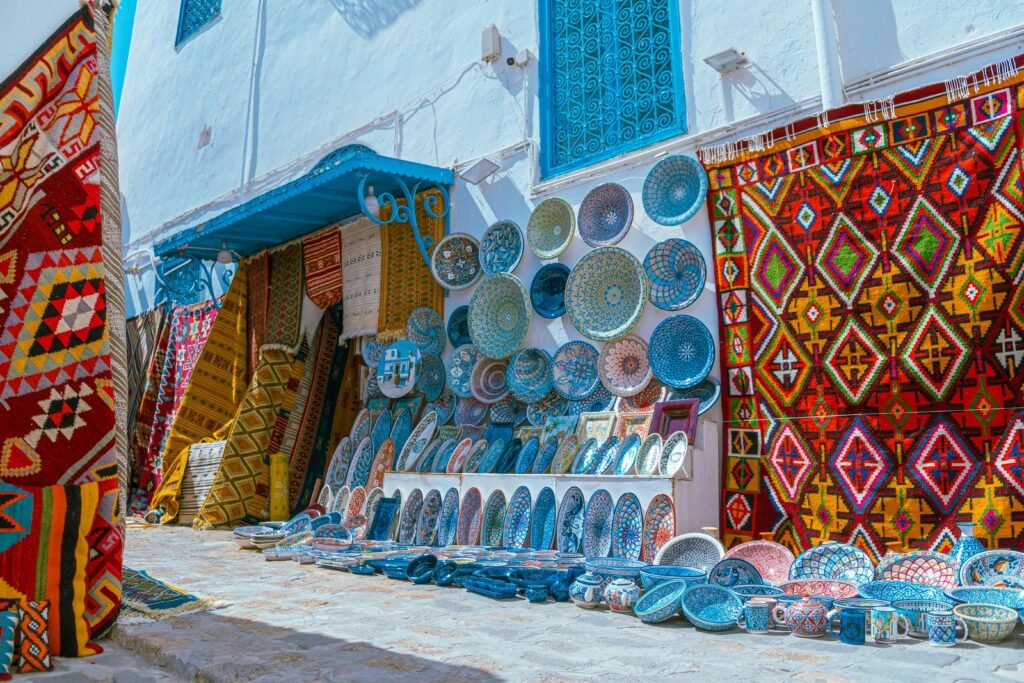
As you wander through the narrow, winding streets of Sidi Bou Said, you are greeted by local artisans showcasing their work. This village has long been a source of inspiration for artists, musicians, and writers, making it a cultural hub where creativity flourishes. Galleries featuring paintings, sculptures, and handcrafted goods can be found at every turn, allowing travelers to immerse themselves in the local art scene. Shopping at the local markets offers a chance to pick up unique souvenirs, from intricately designed pottery to delicate textiles that reflect the tradition and craftsmanship of the region.
One of the main attractions of Sidi Bou Said is its breathtaking views of the Mediterranean Sea. The village, perched on a cliff, provides visitors with panoramic vistas that are ideal for photography or simply enjoying the tranquil atmosphere. The enchanting sunsets here often draw crowds, making it a perfect spot for relaxation after a day of exploration. Additionally, the nearby beaches offer opportunities for swimming and sunbathing, completing the experience of this hidden gem.
For those seeking a blend of beauty and culture, Sidi Bou Said stands as an ideal destination in Africa. Its artistic vibe, alluring architecture, and stunning views make it a must-visit for anyone wishing to explore the hidden treasures of the continent in 2025.
The Untamed Beauty of Mahale Mountains National Park, Tanzania
Mahale Mountains National Park, nestled along the shores of Lake Tanganyika in Tanzania, is renowned for its stunning landscapes and exceptional biodiversity. This lesser-known treasure is a sanctuary for wildlife enthusiasts, offering an unparalleled opportunity to observe one of the rarest primate species on the planet: the wild chimpanzee. Each year, a modest number of trekkers embark on a journey into the heart of the park, making it a unique and serene experience for those seeking adventure in a pristine natural environment.

The park is characterized by its rugged mountain ranges, lush forests, and diverse ecosystems, providing a home not only to chimpanzees but also to numerous other species. Visitors may encounter colorful bird species, graceful antelopes, and the majestic presence of Lake Tanganyika, which is one of the deepest lakes in the world. This unique combination of habitats contributes to the park’s status as a biodiversity hotspot, supporting over 350 species of animals and many endemic plants. The trekking experience is memorable, allowing visitors to hike through dense forests and steep trails, guided by knowledgeable rangers who provide invaluable insights into the delicate ecosystem.
Preservation efforts are paramount in Mahale Mountains National Park, as the habitat of these primates is increasingly threatened by deforestation and human encroachment. By visiting the park, adventure seekers not only enjoy an unforgettable experience but also contribute to crucial conservation initiatives that aim to protect wildlife and their habitats. Nature lovers considering their next exploration destination should undoubtedly include Mahale Mountains National Park in their itinerary for 2025, as it offers a captivating glimpse into Africa’s untamed wilderness.
Conclusion: Why You Should Explore Africa’s Hidden Gems
Visiting lesser-known destinations in Africa can significantly enrich your travel experiences. While popular spots tend to attract the majority of tourists, these hidden gems offer a unique perspective on the continent’s diverse cultures, breathtaking landscapes, and vibrant communities. Exploring these undiscovered locations allows travelers to immerse themselves in authentic local traditions and engage with individuals who provide invaluable insights into their way of life.
Hidden gems often boast unparalleled natural beauty, ranging from stunning national parks to secluded beaches, providing opportunities for adventure off the beaten path. Engaging with these destinations exposes you to lesser-known wildlife and unique ecosystems that leave lasting impressions. Additionally, as tourism evolves, visiting these sites can contribute positively to local economies, fostering sustainable development and preserving cultural heritage. It is mutually beneficial, as travelers enjoy enriching experiences, while local communities thrive through increased support and recognition.
Moreover, traveling to Africa’s hidden jewels encourages a deeper connection to the continent. Unlike conventional tourist hotspots, these destinations often prioritize community involvement, making it easier for visitors to gain in-depth knowledge about local customs and histories. This cultural exchange fosters understanding and appreciation, enhancing your overall journey. By prioritizing exploration of these hidden gems in your 2025 travel itineraries, you not only diversify your travel portfolio but also contribute to a more equitable distribution of tourism benefits across the continent.
In summary, Africa’s hidden gems are waiting to be discovered. These locations not only offer distinct experiences but also encourage responsible tourism that champions local communities and ecosystems. As you plan your adventures for 2025, consider venturing beyond the ordinary and embrace the extraordinary, enriching your travel experience in the process.




